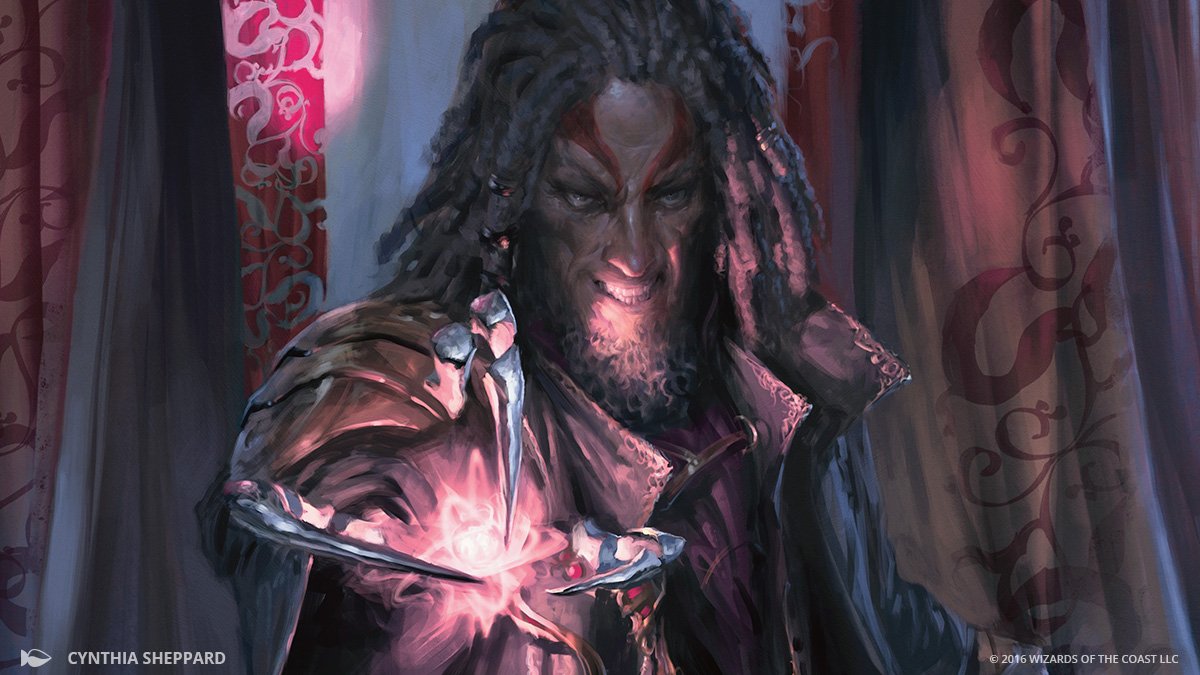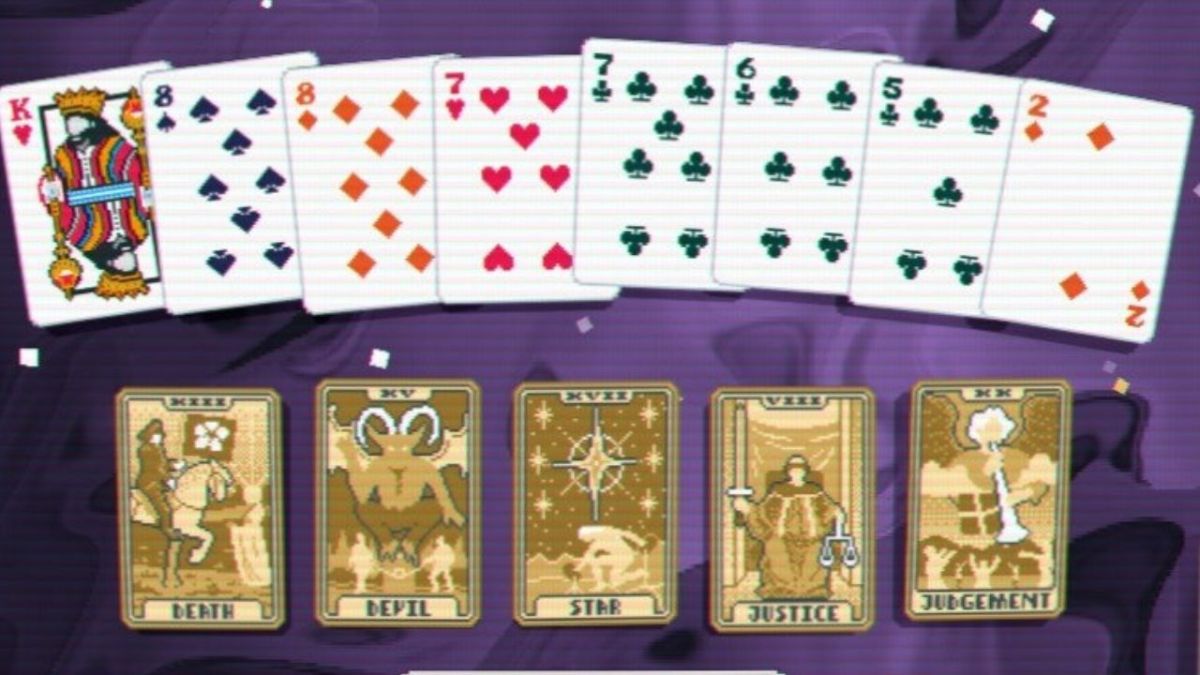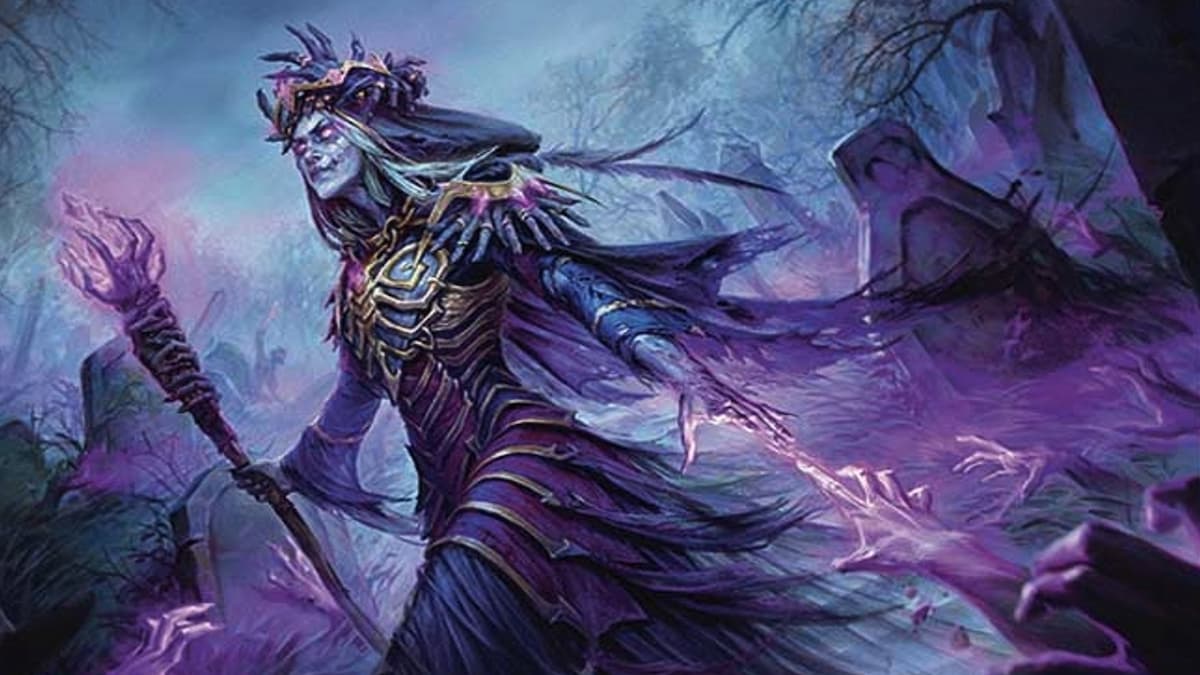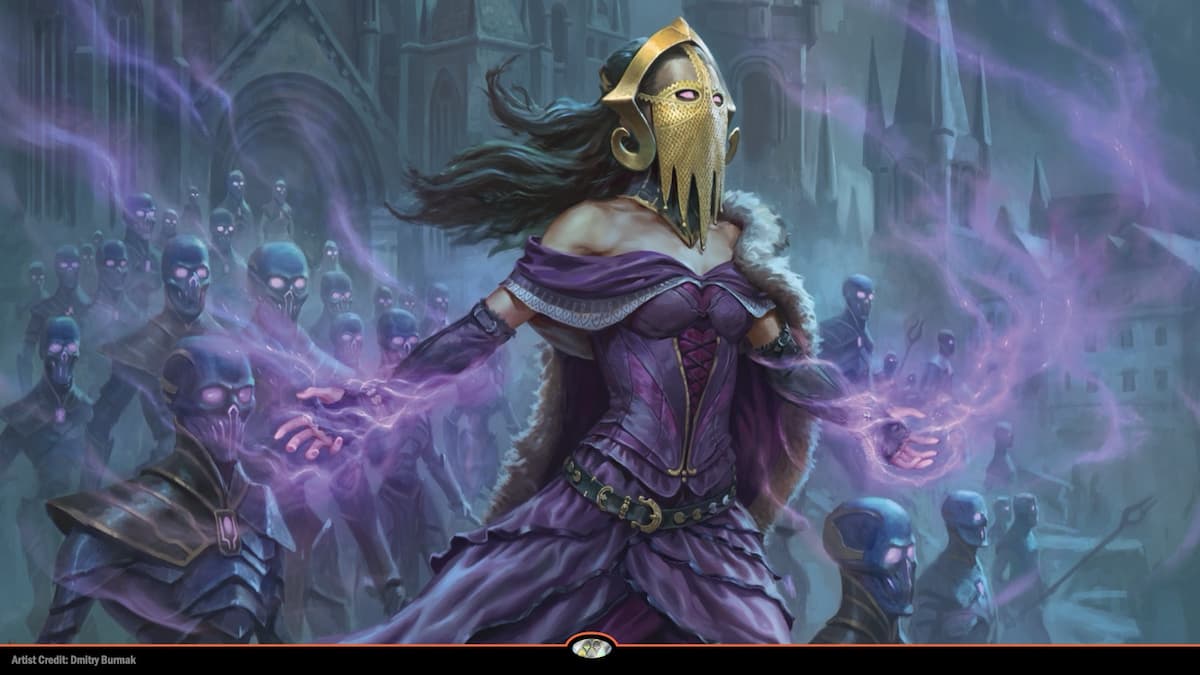As the year comes to an end, 180 of the best Magic: The Gathering players from the Magic Pro League, Rivals League, and Arena and Online qualifier weekends will compete for the Zendikar Rising Championship.
Aside from the $250,000 prize pool, more is at stake for league pros. Each victory improves their standings, which will determine qualification for the World Championship at the end of the 2020-21 season and placement in relegation and promotion tournaments.
Top-ranked MPL players Márcio Carvalho and Paulo Vitor Damo Da Rosa, and the Rivals League’s Matt Sperling spoke with Dot Esports on their preparation and league experiences heading into the Zendikar Rising Championship.
Historic questions
The biggest change from the past two months of league play is the inclusion of Historic at the Zendikar Rising Championship. The October and November League Weekends were exclusively Standard. The upcoming event is the first big Historic tournament since the release of Kaladesh Remastered. The results will shape the metagame going forward and answer plenty of questions, many of which the pros are in the dark about too.
“There have been two new sets and some bans since the last time I played Historic, and there have been no tournaments with this current configuration, so it’s a much more open format and there’s a lot of stuff we want to try,” Damo Da Rosa said. “I’ll still be playing Standard, since the metagame changes, but if I had to submit a Standard deck now I know I’d be able to choose between many viable options whereas for Historic I don’t really know where to stand.”
The Historic additions are cards these players are familiar with but the fresh context brings new life to these well-known cards. Pieces like Chandra, Torch of Defiance are undeniably powerful but the questions surrounding these traditionally good cards center around what strategy they fit best in. There are also cards that were great years ago that don’t stack up in Historic.
Mardu Vehicles is a deck that was strong during its time but falls short when compared to the established heavy-hitter aggro decks. While there are plenty of new cards in the format, many of the decks viewers are familiar with from the 2020 Grand Finals are still viable. Four-Color Midrange, Mono-Red Goblins, and Jund Sacrifice are slated for another strong tournament performance. These resilient, proactive strategies don’t necessarily fold to any particular tactic.
“Sultai decks have some powerful reactive cards like Thoughtseize,” Sperling said. “You know the great thing about Thoughtseize is that you just look at their hand and you take the best one, right? We know you’re gonna gain three life, draw a card and put a land in play (with Uro, Titan of Nature’s Wrath). Well, it turns out those things are all good no matter what era you’re playing. I think that’s true in the goblin deck. I think for the most part, what’s good is still good and valid.”
Alongside the pillars of Historic, a major wildcard coming into the weekend is Aetherworks Marvel. During Kaladesh Standard in 2016, Temur Marvel decks would spin the wheel and hope to land a turn-four Ulamog, the Ceaseless Hunger or Emrakul, the Promised End. The ideal scenario for Temur Marvel in Historic is astonishingly powerful. Hitting a turn-four Ulamog or Genesis Ultimatum is as good a start as any. Yet, many pros aren’t convinced Aetherworks Marvel is a threat.
“As a card, I don’t like Aetherworks Marvel very much—it’s basically playing roulette and I want to play Magic. It’s also the type of card that is likely to either be very good or very bad. All Marvel decks are dedicated Marvel decks and have to play all the energy cards,” Damo Da Rosa said. “You can’t just slot Marvel in a different strategy like you can with a card like Fatal Push or Chandra, Torch of Defiance.”
The all-in nature of Temur Marvel, combined with the high levels of variance, push Damo Da Rosa, Sperling, and Carvalho away from the strategy. Sperling said the popularity of Thoughtsieze in the format greatly affects Temur Marvel’s ability to win. An early Thoughtsieze that takes away Aetherworks Marvel could leave the deck floundering for several turns.
Standard’s evolution
Both leagues played Standard through League Weekends in November and October. These tournaments contributed greatly to the development of the current Standard metagame, and players were forced to adapt to these changes. Damo Da Rosa played Rakdos Midrange in the first League Weekend then shifted to Dimir Rogues. Carvalho had a similar adjustment from Rogues to Esper Doom Foretold.
As Gruul Adventures performed well and Azorius Yorion failed, the metagame shifted drastically in a matter of weeks. Carvalho’s choice Esper Doom Foretold went from 4.2 percent of the field in October to 12.5 percent. Yorion disappeared after representing 20 percent in October.
Carvalho shifted to Esper Doom Foretold in the second League Weekend partially because he made a call that many in the MPL would play Dimir Rogues after its strong performance in October. He wanted to get ahead of his peers. This type of internal metagame decisions are possible within league play because the field is small.
The MPL is only 24 players. This environment allows for micro-adjustments that might work in league play but aren’t applicable to a larger tournament field. In the November League Weekend, Damo Da Rosa only faced Dimir Rogues, Gruul Adventures, and Esper Doom Foretold. He didn’t face any other matchups despite Dimir Control, Temur Ramp, and Mono-Green Food being effective decks. He said this wouldn’t happen in a tournament.
As Standard evolved, it landed in a position where the top three decks, Dimir Rogues, Gruul Adventures, and Esper Doom Foretold had strong interplay while allowing other decks like Temur Ramp to still have strong performances. Coming into the weekend, Carvalho is impressed by Mono-Green Food’s potential to have an impact on Standard. The resilient midrange list has impressive late-game power through Feasting Troll King and The Great Henge.
Catch Carvalho, Sperling, and Damo Da Rosa during the Zendikar Rising Championship starting Dec. 4 to 6 streaming on the Magic Twitch channel.







Published: Nov 29, 2020 04:09 pm